The founder of Ginza Motoji, Koumei Motoji will hereinafter be referred to as Koumei. His son, and the current owner of the store Keita Motoji will be referred to as Keita.
Keita: After Echigo Jofu, we have the southern champion, "Miyako-Jofu." Koumei, you often wear Miyako Jofu during the summer, don't you?
Koumei: Absolutely! It's cool, lightweight, and comfortable. My go-to outfit for a hot summer consists of a Miyako Jofu kimono, a fine 140-count linen underkimono, and a Panama hat. If you've ever worn Miyako or Echigo Jofu, even once, you would understand how refreshing it is to wear on hot days.

Koumei Motoji’s go to summer look.
Keita: Customers always say the same, once you have worn Miyako-Jofu in the sweltering Japanese summer, it is hard to wear anything else. As many visitors to our store are wearing kimono, we keep the aircon a little cooler than most other shops to create a comfortable environment. Despite it being upward of 30 degrees in the summer, customers comment on how it is almost too cold while wearing Miyako. Some often say its like a personal refuge from the heat.

Miyako-Jofu is paired with a Basho-fu Obi.
Koumei: You put it quite nicely (laughs). Miyako-Jofu is a reliable ally during the humid summers of Japan. This year, we have a whopping 16 different kimono, so I hope you can find your favorite shade of blue and pattern and have a cool summer for as many months as possible, starting from this year.

The Ramie Fields. The threads of Miyako-Jofu are made from ramie grown on Miyako Island. Ramie is a plant of the nettle family native to tropical Asia.
Keita: “Miyako-Jofu is often compared to dragonfly wings, but there is no doubt that it is the thinnest fabric among all Japanese textiles. “
Koumei: “That's right. When we, assess Miyako Jofu, we first check the thickness of the bolt. The thinner the bolt, the finer the thread used, indicating a superior quality. There is even a legend from the Edo period that there were bolts so thin that they could pass through a ten yen coin's hole.
Keita: With an emphasis on being even thinner and lighter, under the harsh head tax imposed by the Ryukyu Kingdom, Miyako Jofu developed beyond practicality into one of the most intricately designed and woven kimono. The unique thinness and gloss of Miyako Jofu are achieved through the "kinuta uchi" beating process, which is also a requirement for its designation as an Important Intangible Cultural Property. Didn’t you have a go at it when you visited Miyako?
The Kinuta-uchi process involves continuous labor of striking the fabric with a heavy wooden mallet weighing around 3 kilograms for 3 to 4 hours.
Koumei: Yes, I tried it when I was there, but I was pretty bad (laughs). The kinuta-uchi process involves applying a glue like substance to the woven fabric and beating it with the mallet around 20,000 to 25,000 times. This step loosens the fibers, resulting in a better texture and a unique lustrous shine, similar to waxing. It is surprisingly challenging to maintain the same angle and rhythm while striking. Even a slight deviation in the angle can damage the fabric.
Keita: When you tried kinuta-uchi, don’t tell me that you..
Koumei: Yes... The kinuta-uchi process is the final step. After a year-long process of creating ultra-fine threads, dyeing delicate kasuri patterns, and weaving meticulously for just a few centimeters per day to carefully produce a 13-meter fabric, reaching the kinuta-uchi stage means it's almost complete... I couldn't bear it, so I ended up buying that bolt myself. At that time, I hadn't worn Miyako Jofu before, so it turned out to be a fortunate excuse for a personal investment. When I wore it for the first time and felt how cool it was, I was truly amazed.

yarn twisting involves placing black beans together with the threads in a container to prevent them from tangling, and then spinning the spinning wheel. Twisting the yarn creates strength in the threads.

Miyako Jofu is woven on a takabata loom
Keita: Miyako is usually split into two different types. The types that are made through the Miyako-Jofu association, and works that are created by independent and individual aritists. In our store you have the opportunity to view traditional works of Miyako-Jofu dyed with indigo, as well as works created by artisans such as Reiko Shinzato and Michiko Nakasone

Miyako-Jofu Kimono Fabric "Kogasuri" exudes elegance with its precise kasuri pattern. A pattern as simple as this can be worn easily by both men and women.

Reiko Shinzato's Miyako-Jofu creation, "Ayagasuri Koushi," features a lattice pattern dyed with indigo and cochineal dyes.
Koumei: Despite being made from the same plant, Echigo- Jofu and Miyako-Jofu are weave up to create completely different textiles. They have developed distinct personalities native to their cultural landscapes.
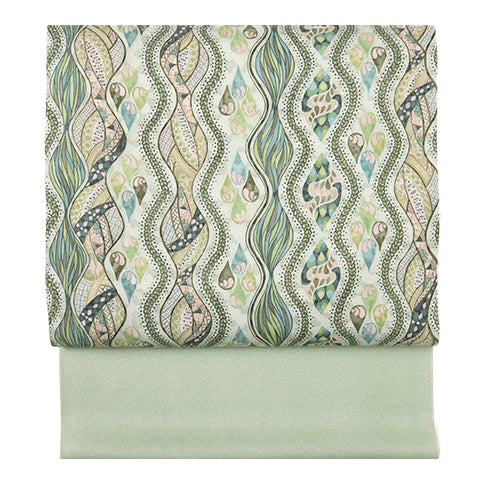 名古屋帯
名古屋帯
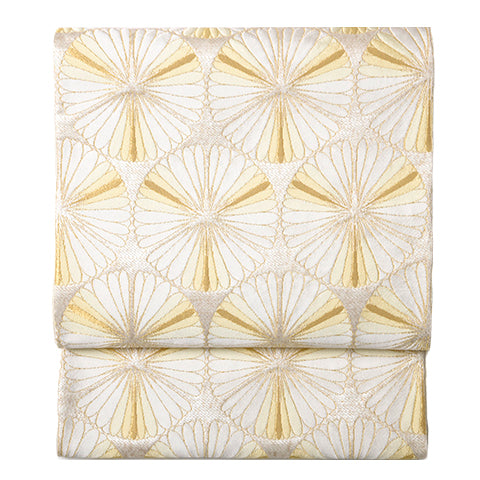 袋帯
袋帯
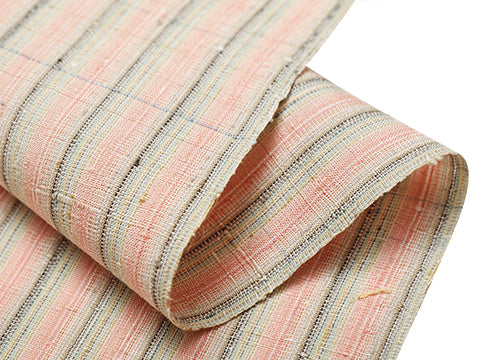 紬・綿・自然布
紬・綿・自然布
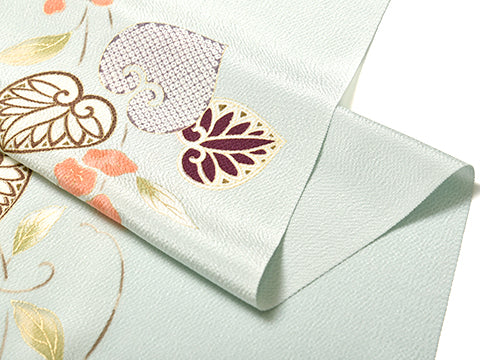 小紋・江戸小紋
小紋・江戸小紋
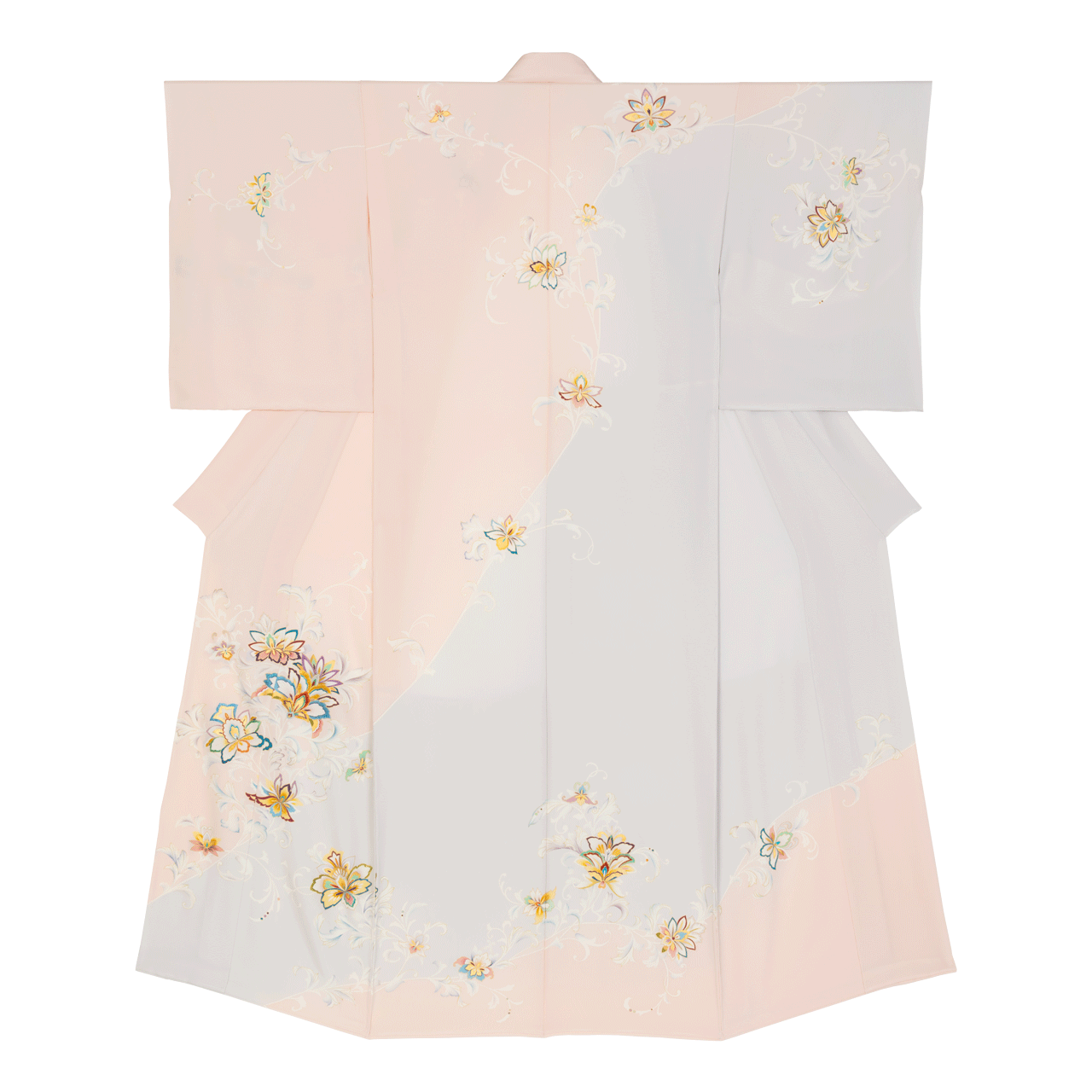 訪問着・付下げ・色無地ほか
訪問着・付下げ・色無地ほか
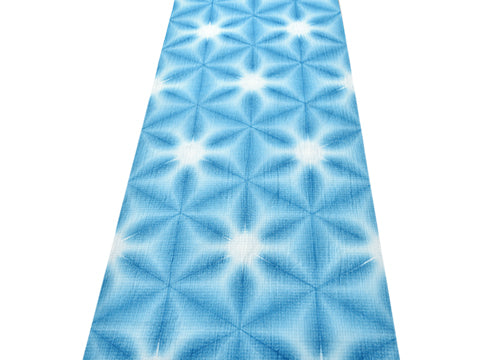 浴衣・半巾帯
浴衣・半巾帯
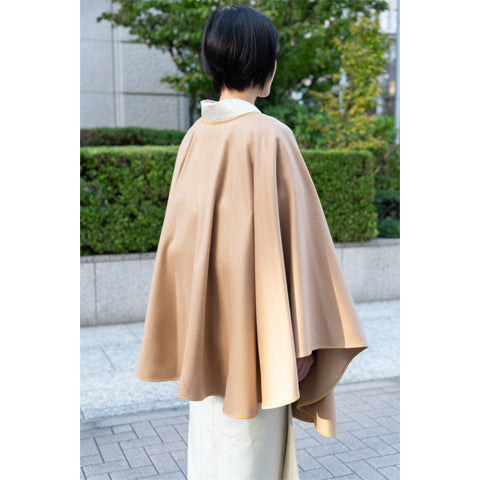 羽織・コート
羽織・コート
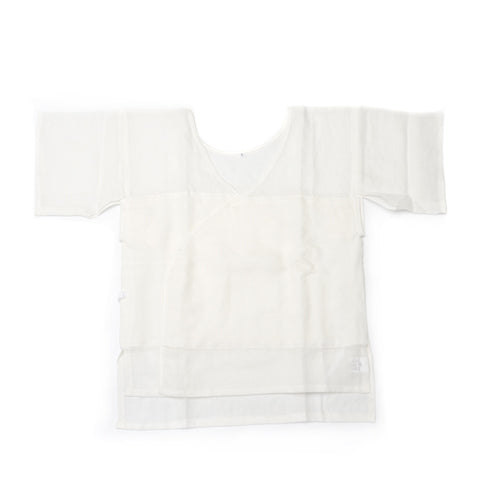 肌着
肌着
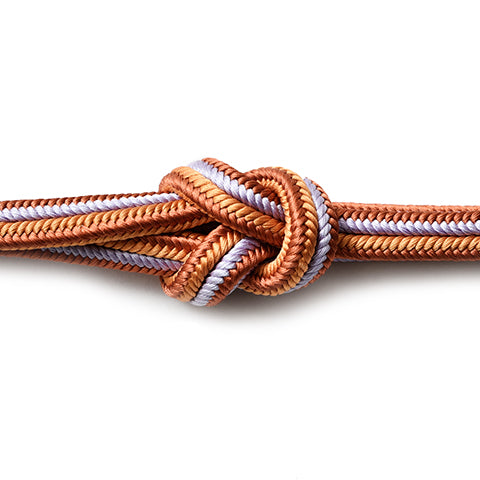 小物
小物
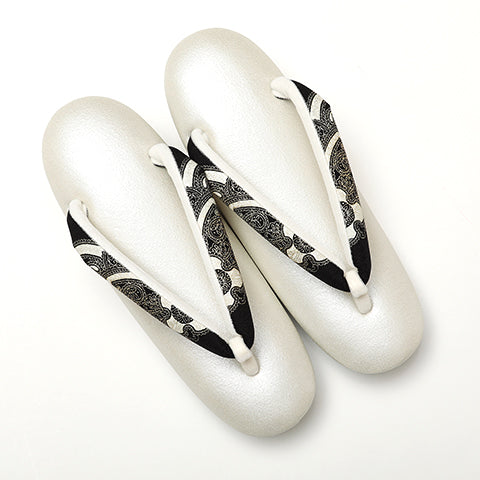 履物
履物
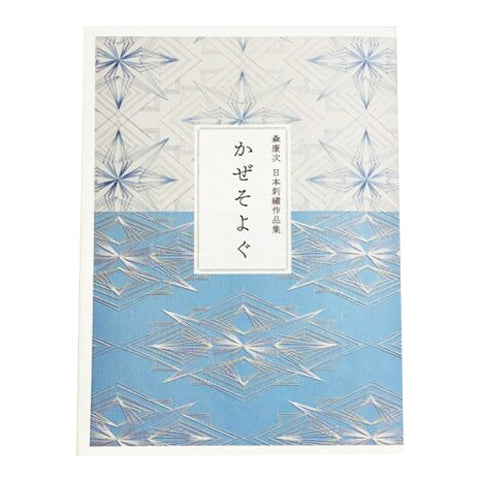 書籍
書籍
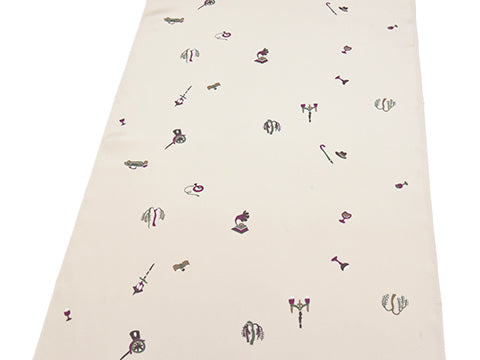 長襦袢
長襦袢
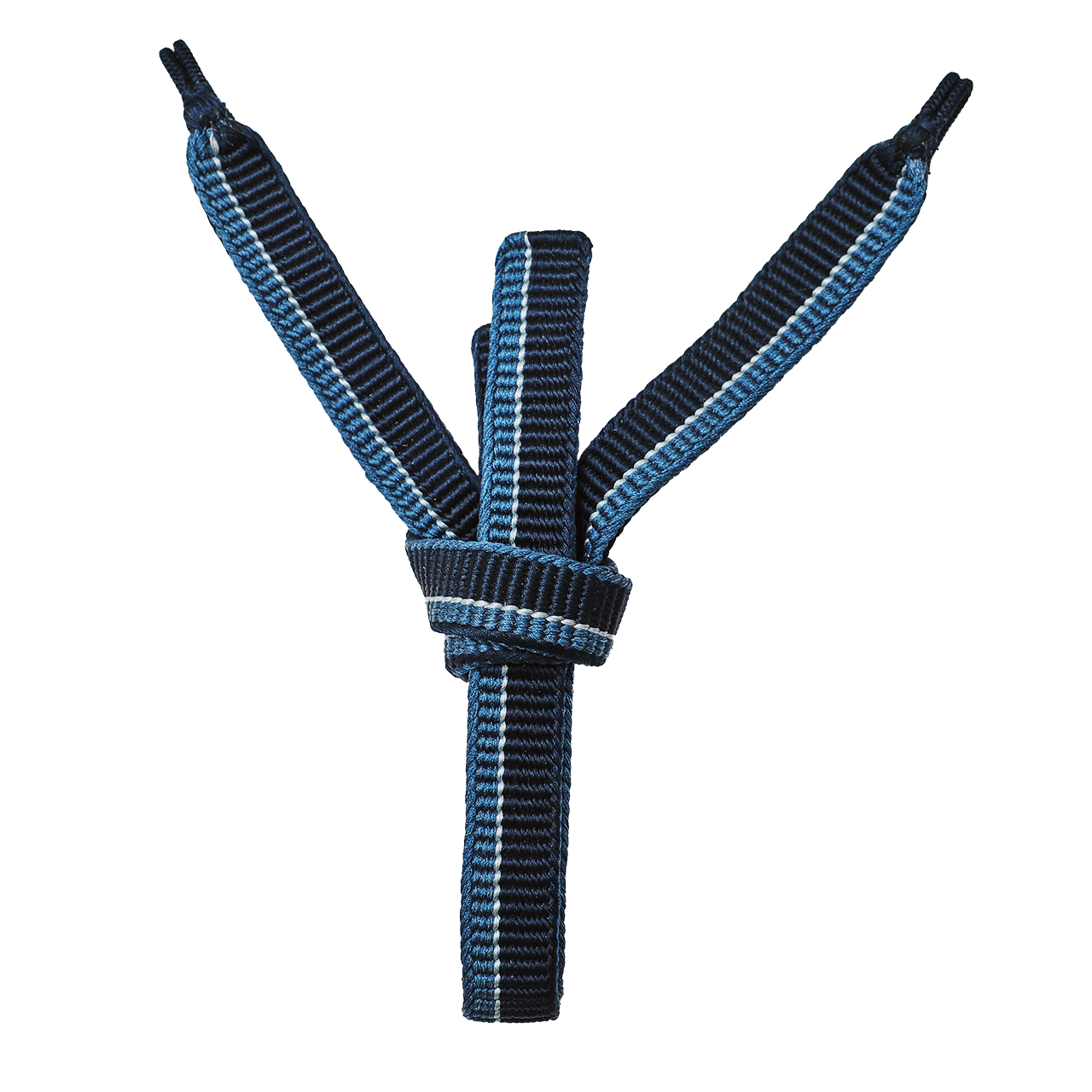 小物
小物
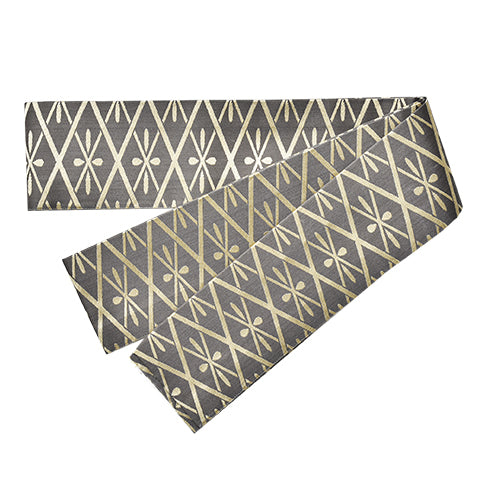 帯
帯
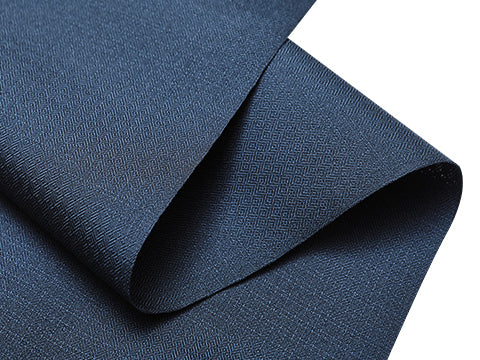 お召
お召
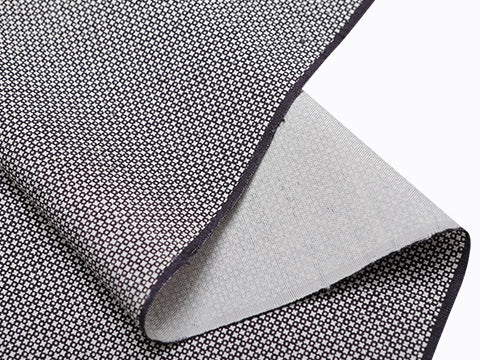 小紋・江戸小紋
小紋・江戸小紋
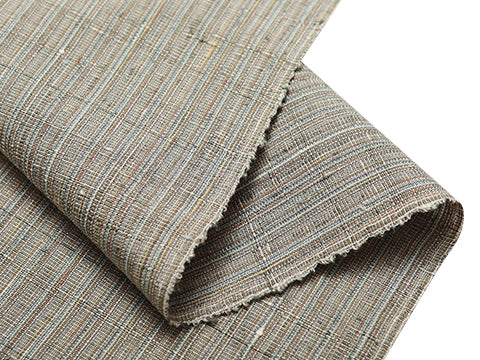 紬・綿・自然布
紬・綿・自然布
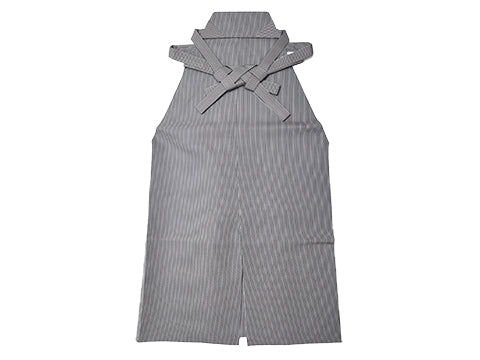 袴
袴
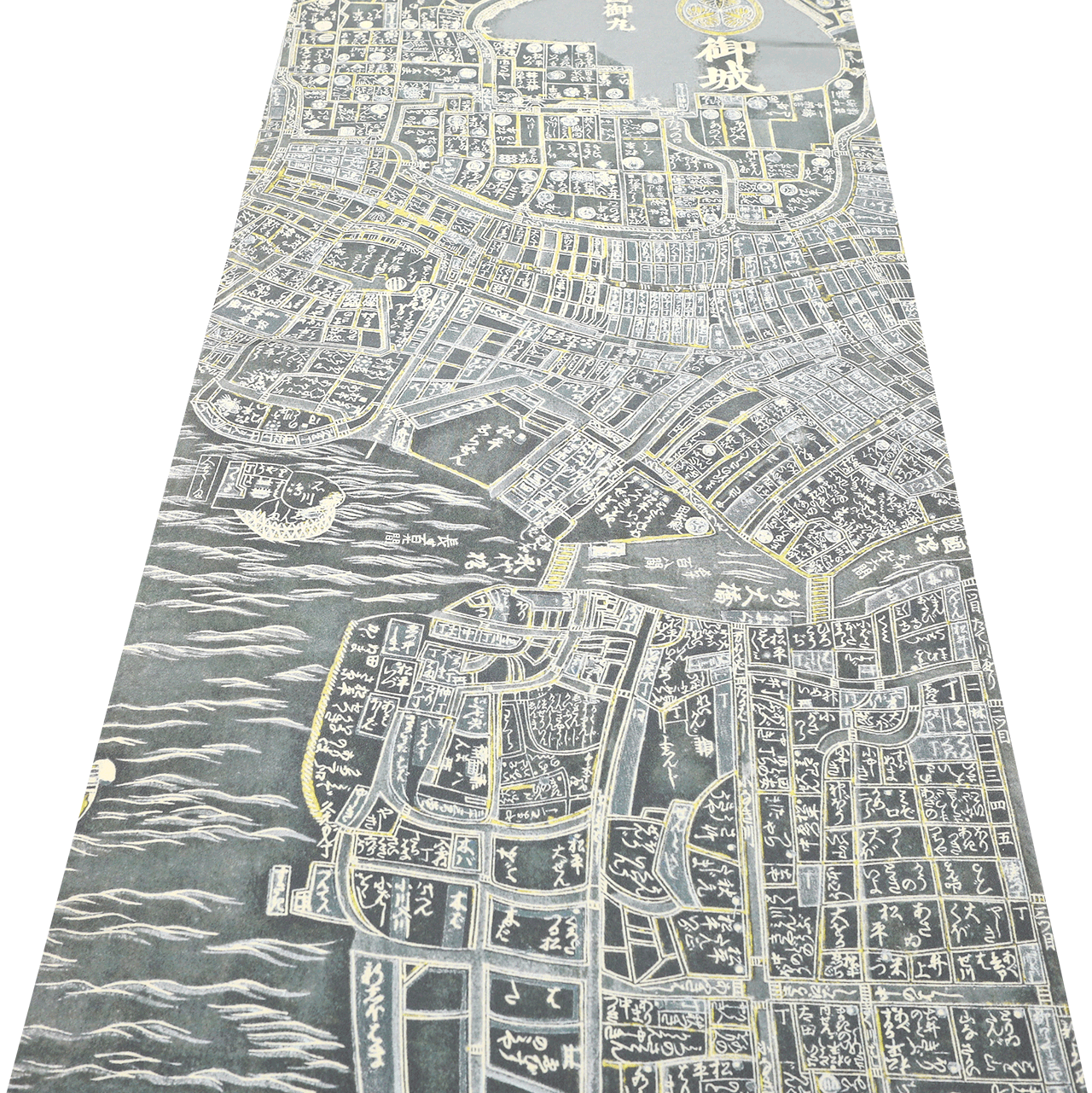 長襦袢
長襦袢
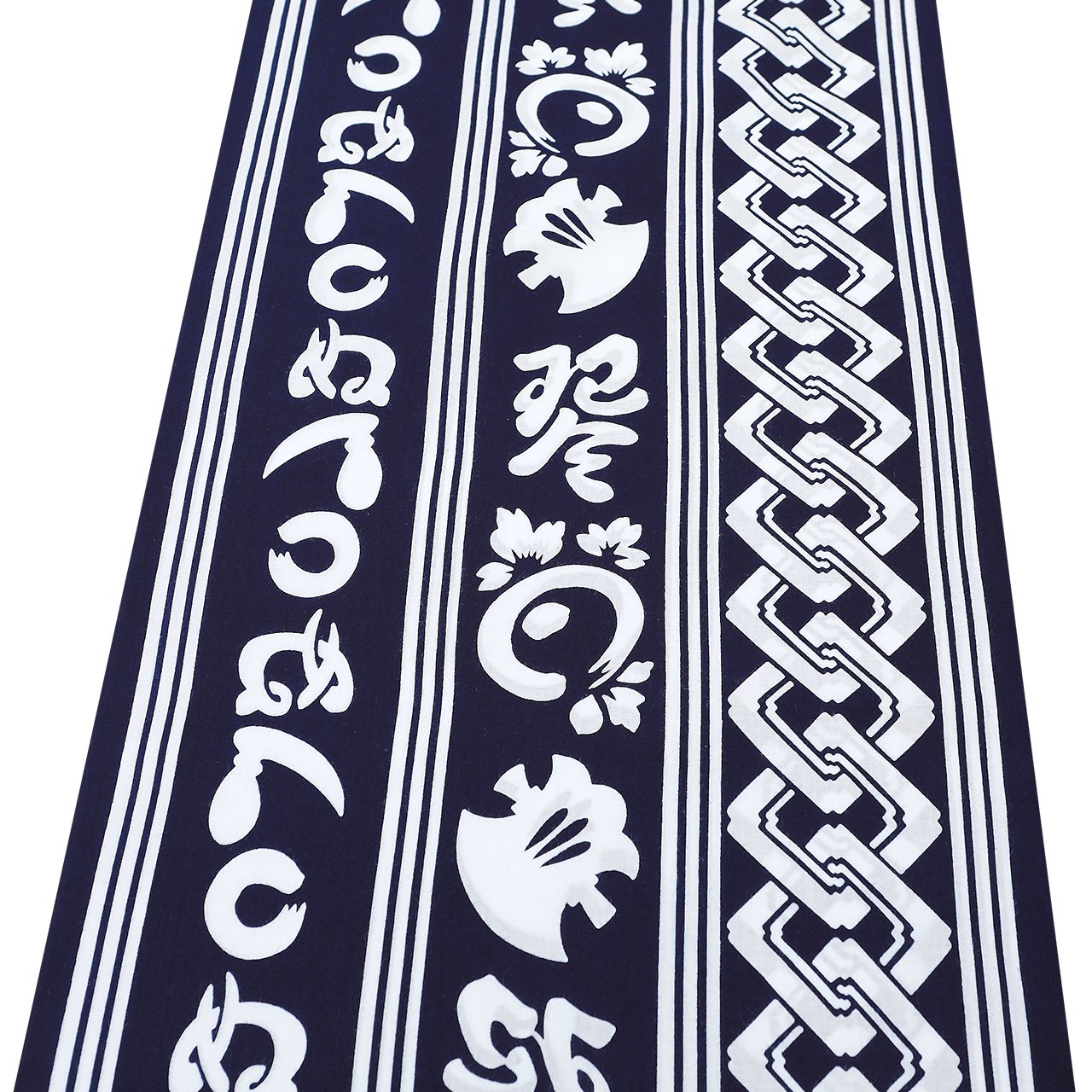 浴衣
浴衣
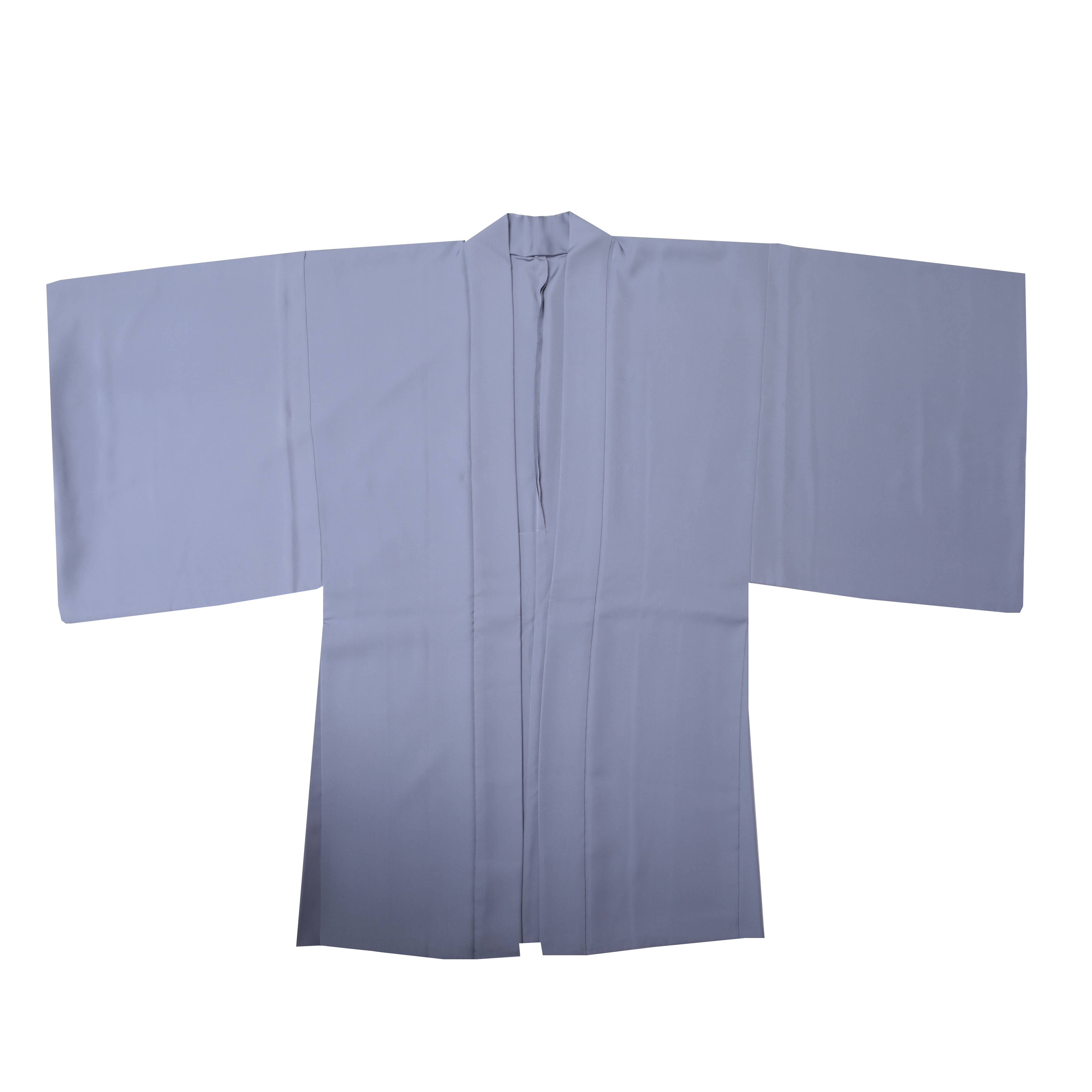 羽織・コート
羽織・コート
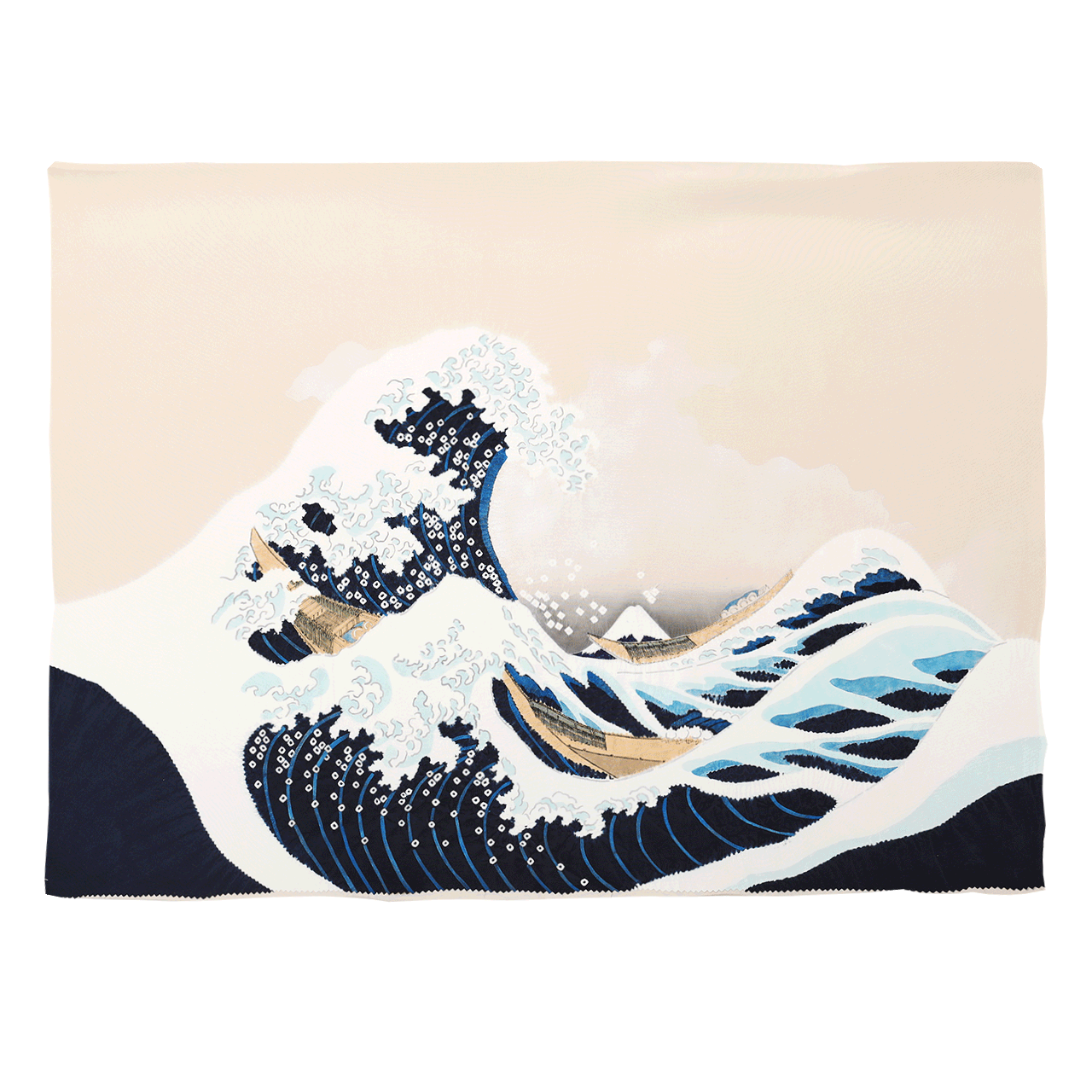 額裏
額裏
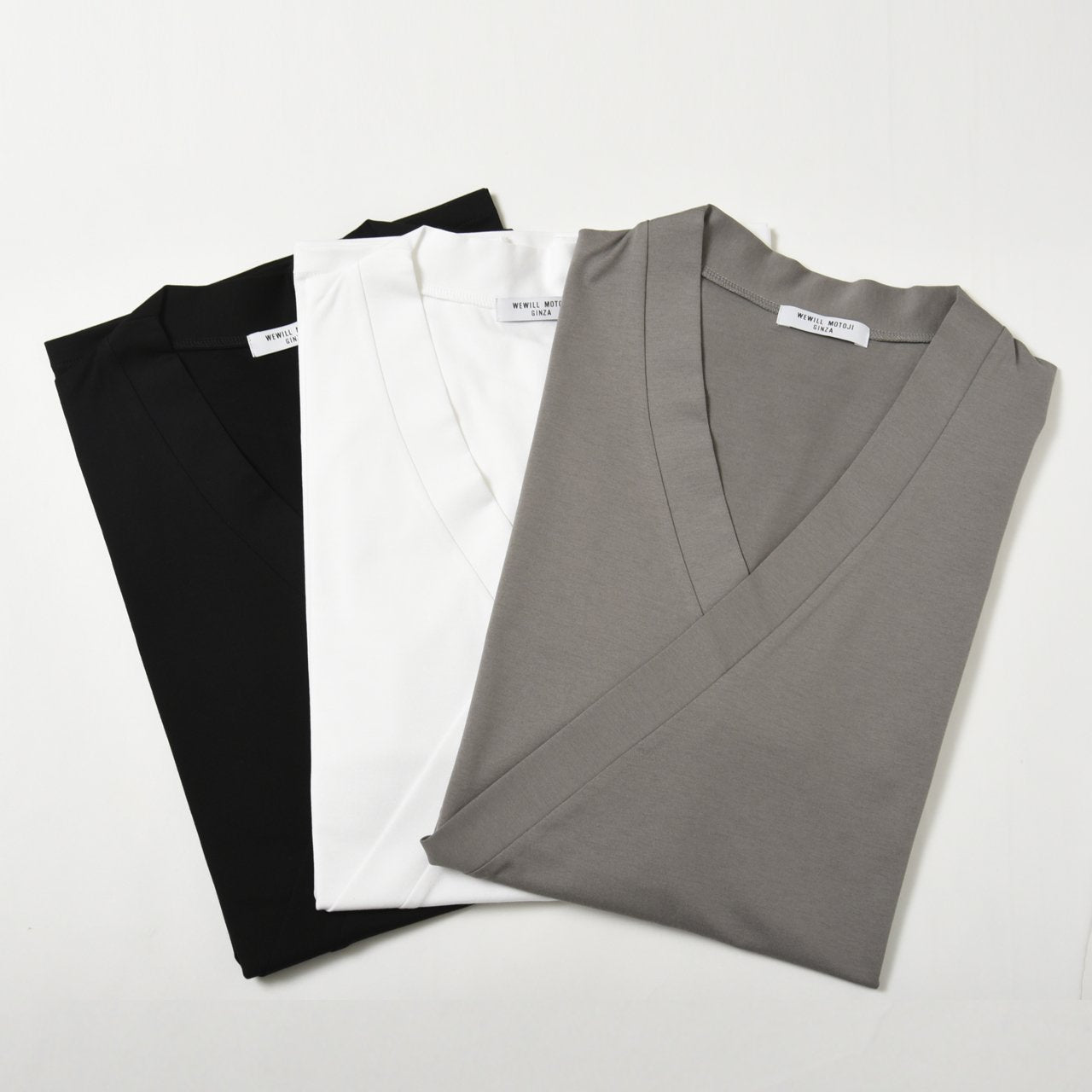 肌着
肌着
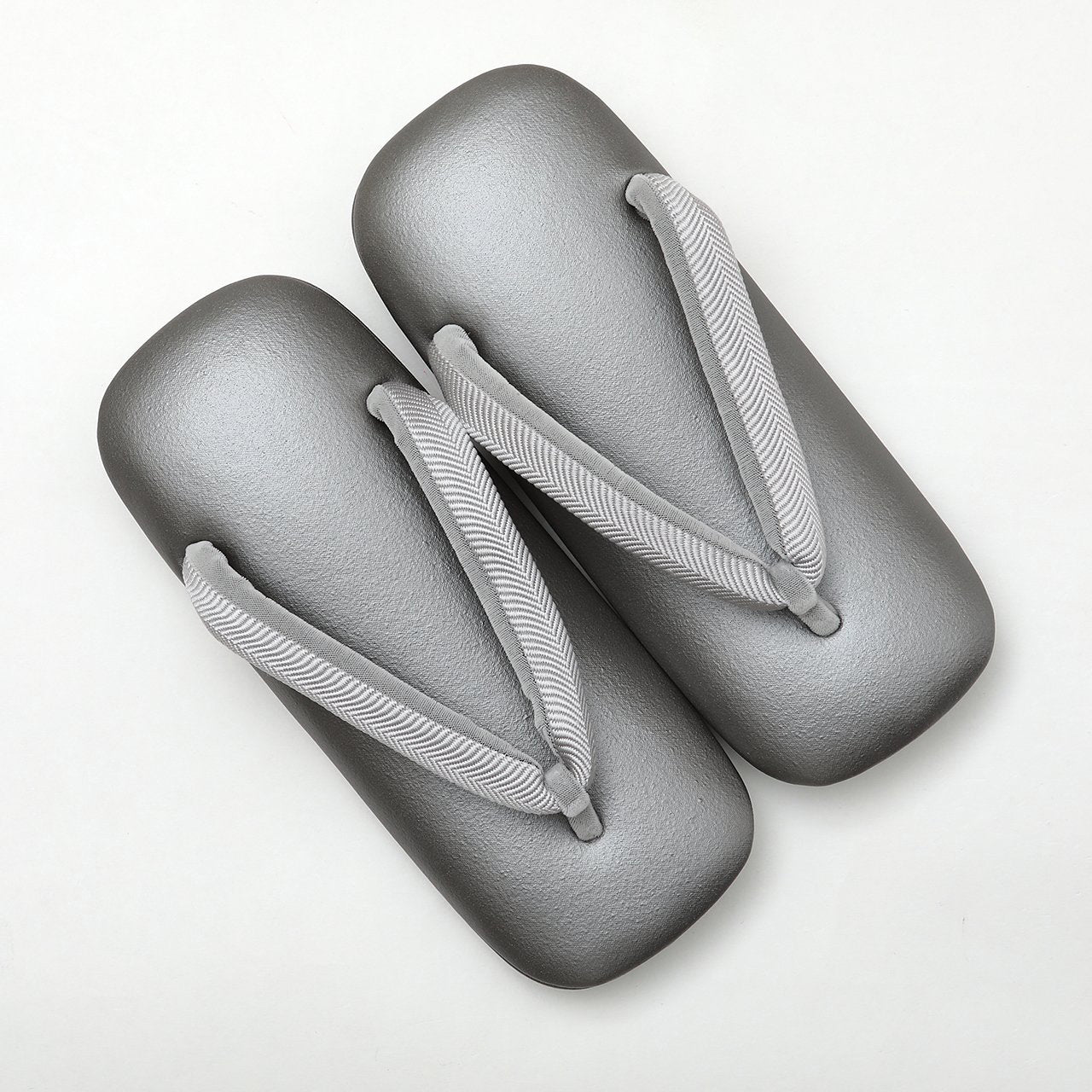 履物
履物
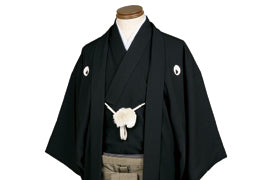 紋付
紋付
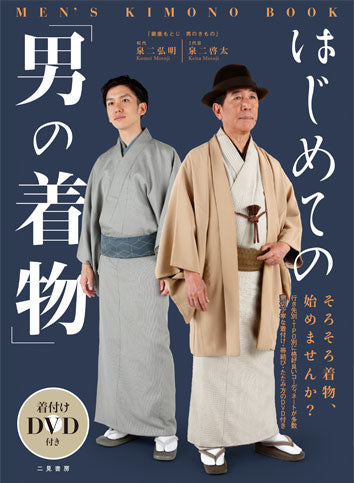 書籍
書籍
